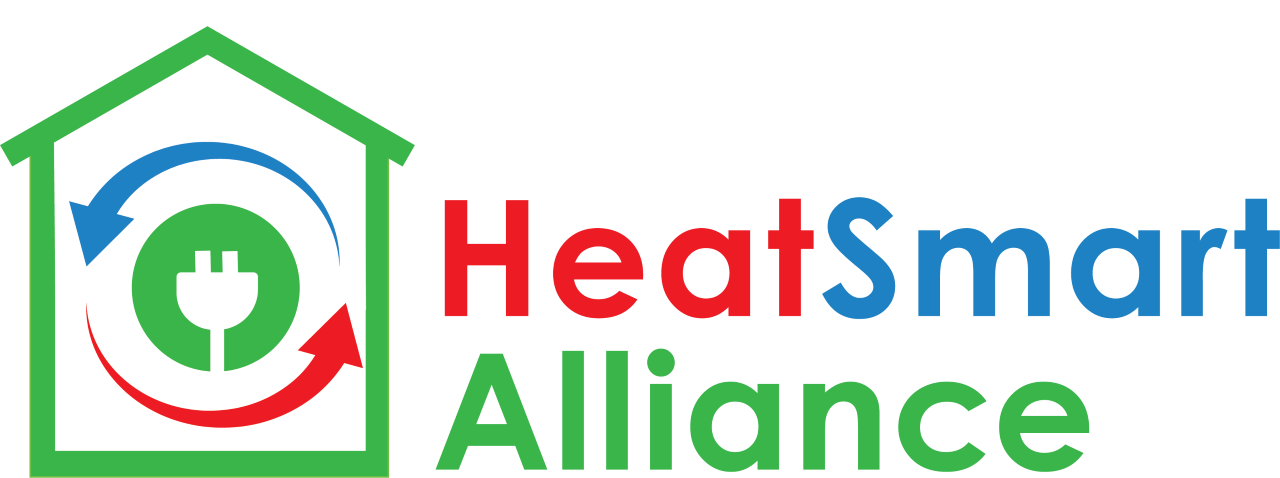- The main strategy in the global fight against climate change is electrification – which includes converting home heating systems that burn fossil fuel to electric heat pumps powered by clean electricity.
- Electric heat pumps don’t create heat by burning fuel, which releases carbon pollution. They capture and move existing heat, using the same technology as familiar appliances like refrigerators, dehumidifiers and air conditioners.
- Some heat pumps heat AND cool your home, providing both home heating and cooling in a single system. Other heat pumps provide hot water for showers, laundry, dishwashing, etc.
- Heat pumps can also cool and dehumidify. Heat pumps do not create indoor air pollution, are often more economical to operate than fossil fuel-burning units, and pose no risk of fire from combustibles while they keep your home comfortable.
- With climate change bringing hotter temperatures to northern climes, people who don’t have air conditioning welcome the added benefit of heat pumps cooling their living spaces.
- As the electric grid transitions to carbon-free sources, heat pumps will approach zero carbon emissions.
- The Massachusetts 2050 Decarbonization Roadmap says adopting heat pumps is essential for the state to reach net zero carbon emissions by 2050; plans call for heat pumps in over 1 million homes by 2030.
- Heat pumps cut carbon pollution as soon as they are installed because they use input energy as much as 3.5 times (350%) more efficiently than fossil fuel heating systems.
- Cold-climate heat pumps work in temperatures as low as 20 degrees below zero and increasing numbers of homeowners are adopting them throughout New England, including Maine and Vermont.
- While costs for heat pump installation can vary widely, available incentives often make a heat pump system the lowest-cost option for replacing a fossil-fuel heating system or central air conditioner nearing the end of its useful life.

